Overview:
Generative Artificial Intelligence (AI) refers to a subset of AI systems designed to create new content—such as text, images, audio, and code—by learning patterns from existing data. Unlike traditional AI, which focuses on analyzing or predicting data, generative AI models produce original outputs, making them invaluable in various creative and functional applications.
How Generative AI Works:
At its core, generative AI utilizes machine learning models, particularly neural networks, to identify and replicate patterns within datasets. These models are trained on vast amounts of data, enabling them to generate content that mirrors the characteristics of the training material. For instance, a generative AI trained on a corpus of literature can produce coherent and contextually relevant text.
Applications of Generative AI:
The versatility of generative AI has led to its adoption across multiple sectors:
Content Creation: Tools like OpenAI’s ChatGPT can draft articles, compose music, or write code snippets, streamlining creative processes.
Design and Art: Artists and designers employ AI models to generate visuals, explore new artistic styles, and create intricate designs.
Healthcare: In medical research, generative AI aids in drug discovery by simulating molecular structures and predicting their interactions.
Entertainment: The gaming industry leverages AI to develop dynamic storylines and generate realistic character animations.
Our Generative AI Services

Text Generation
Automated content creation (articles, blogs, social media posts, product descriptions). Chatbots and conversational agents for customer support. Email drafting and personalized messaging.
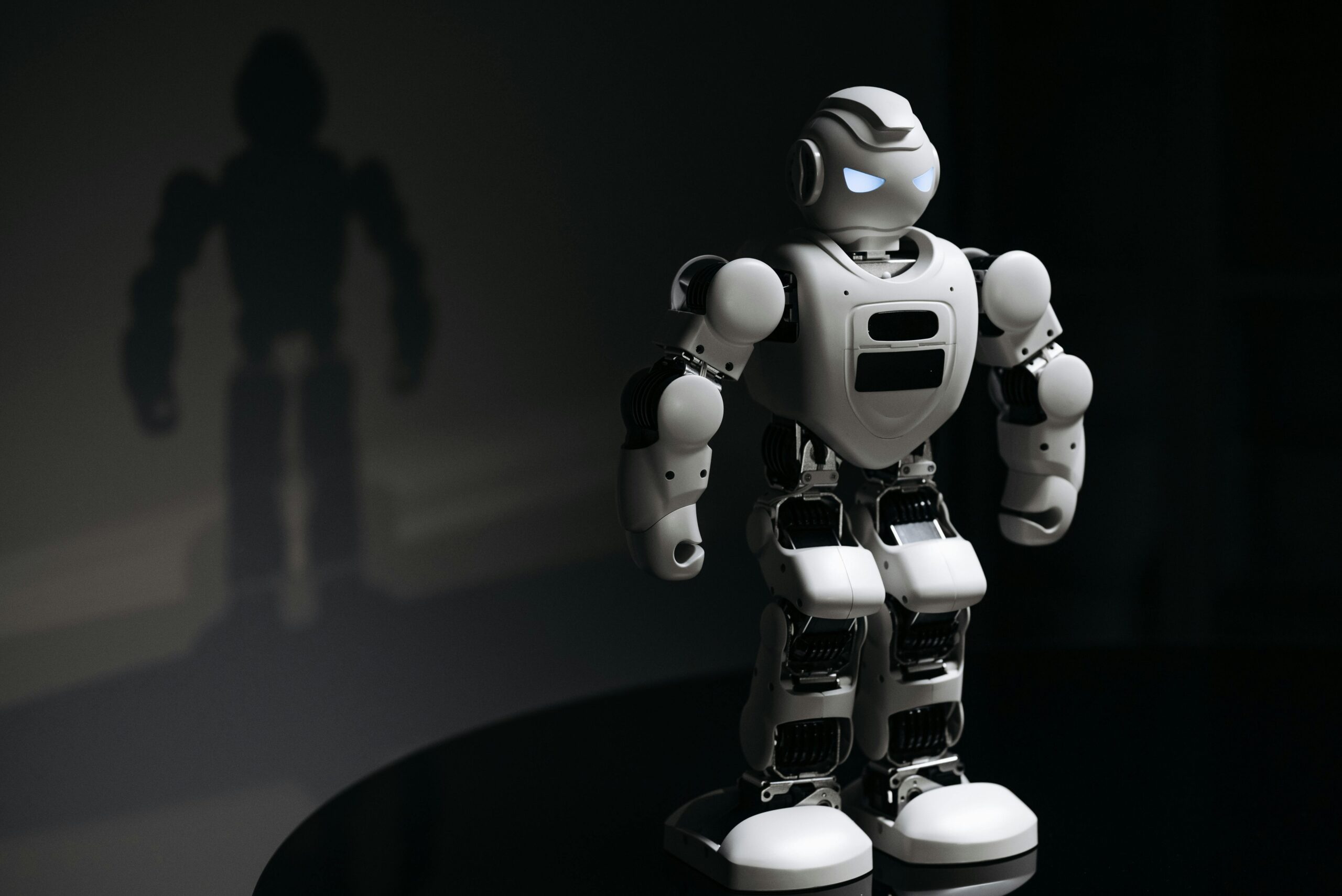
Image Generation
AI art creation and digital illustration. Image editing, enhancement, and restoration. Style transfer and creative image transformation. Logo and graphic design generation.
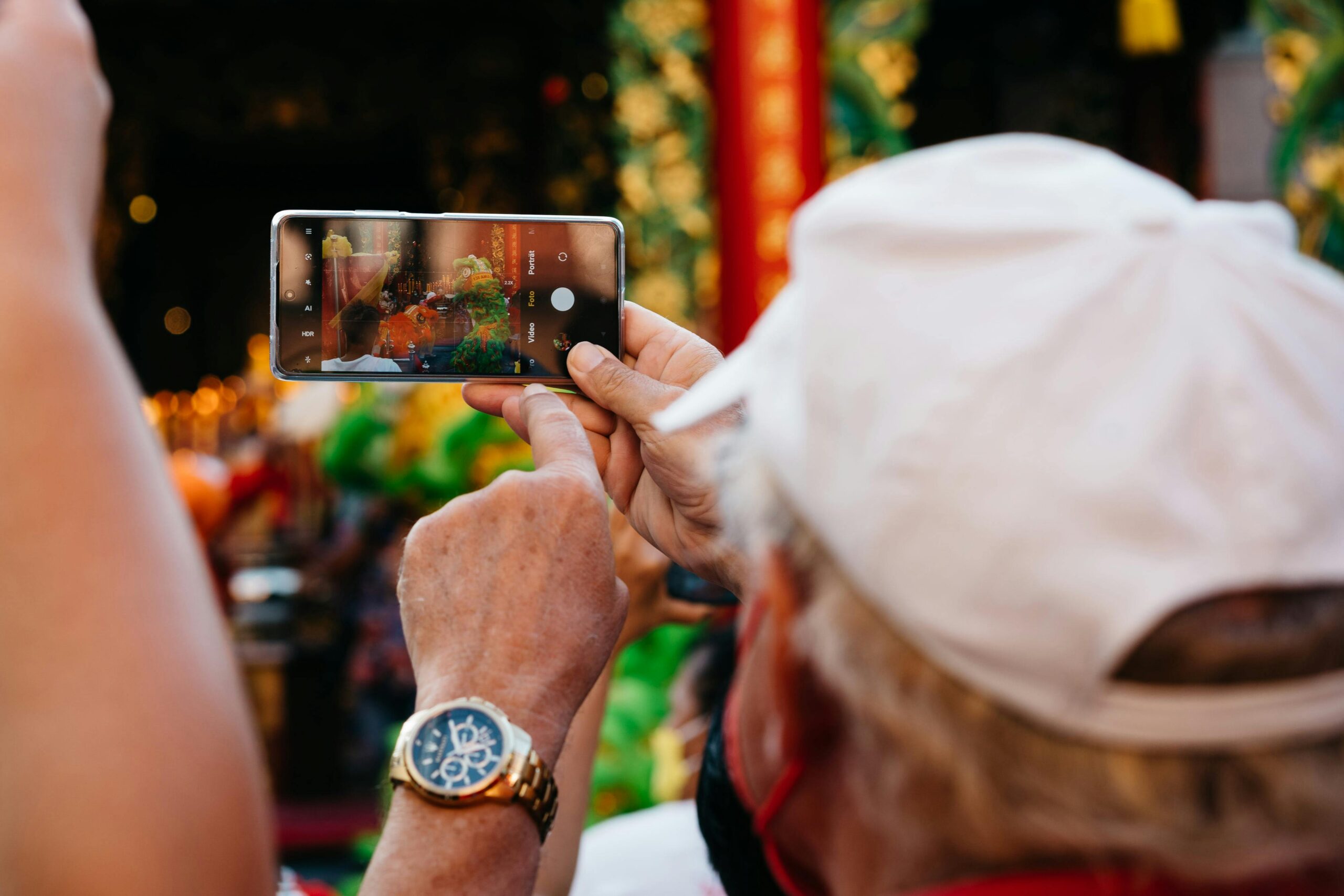
Video Generation
Automated video creation from text or storyboards. Animation and visual effects synthesis. Deepfake generation for entertainment or simulation purposes. Video summarization and content reformatting.

Audio and Music Generation
Voice synthesis and cloning for virtual assistants or narrations. Music composition and background score generation. Sound effect creation and audio enhancement.
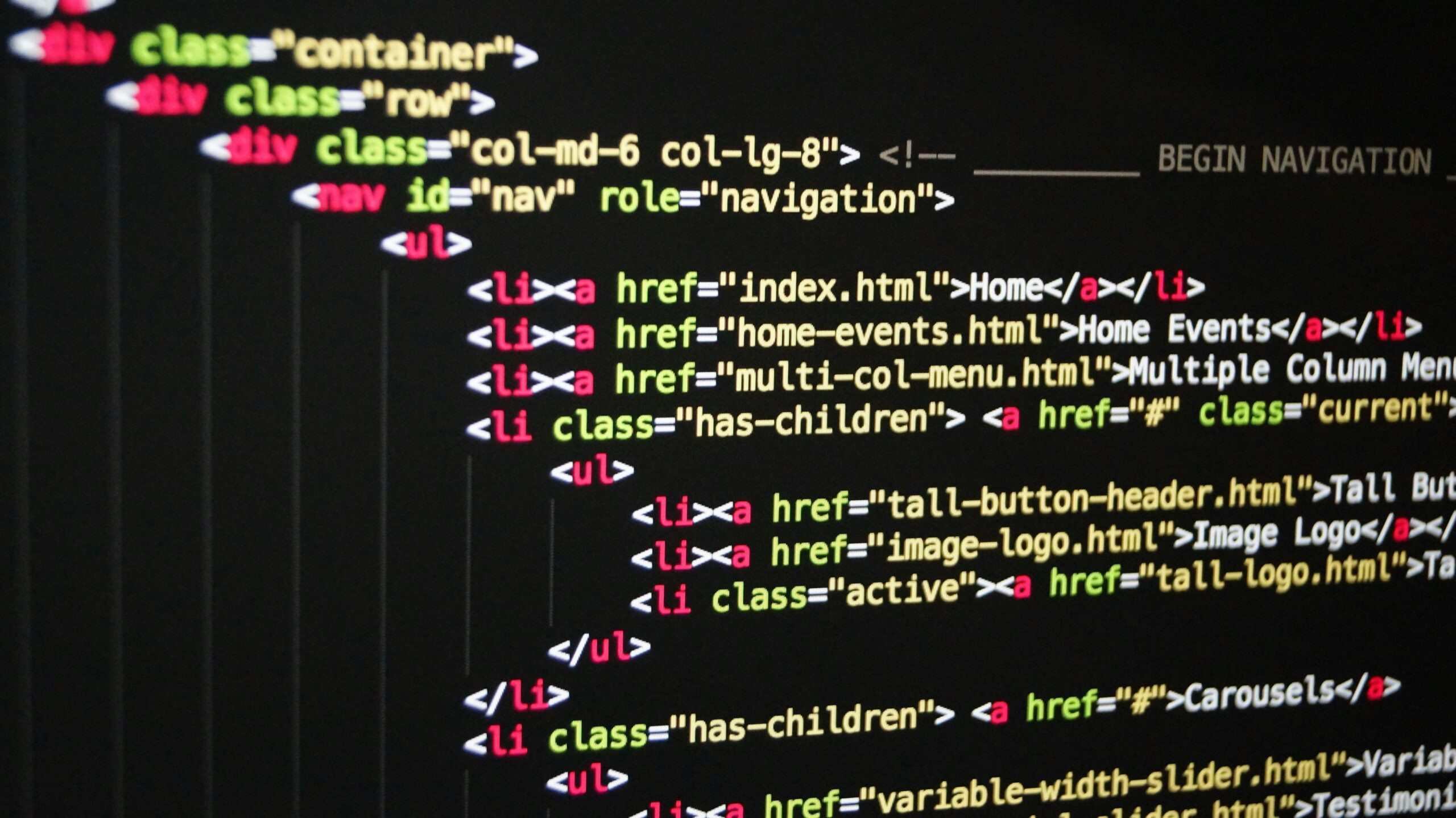
Code Generation
Automated code suggestions and completion. Code refactoring and debugging assistance. Generation of boilerplate code and documentation.
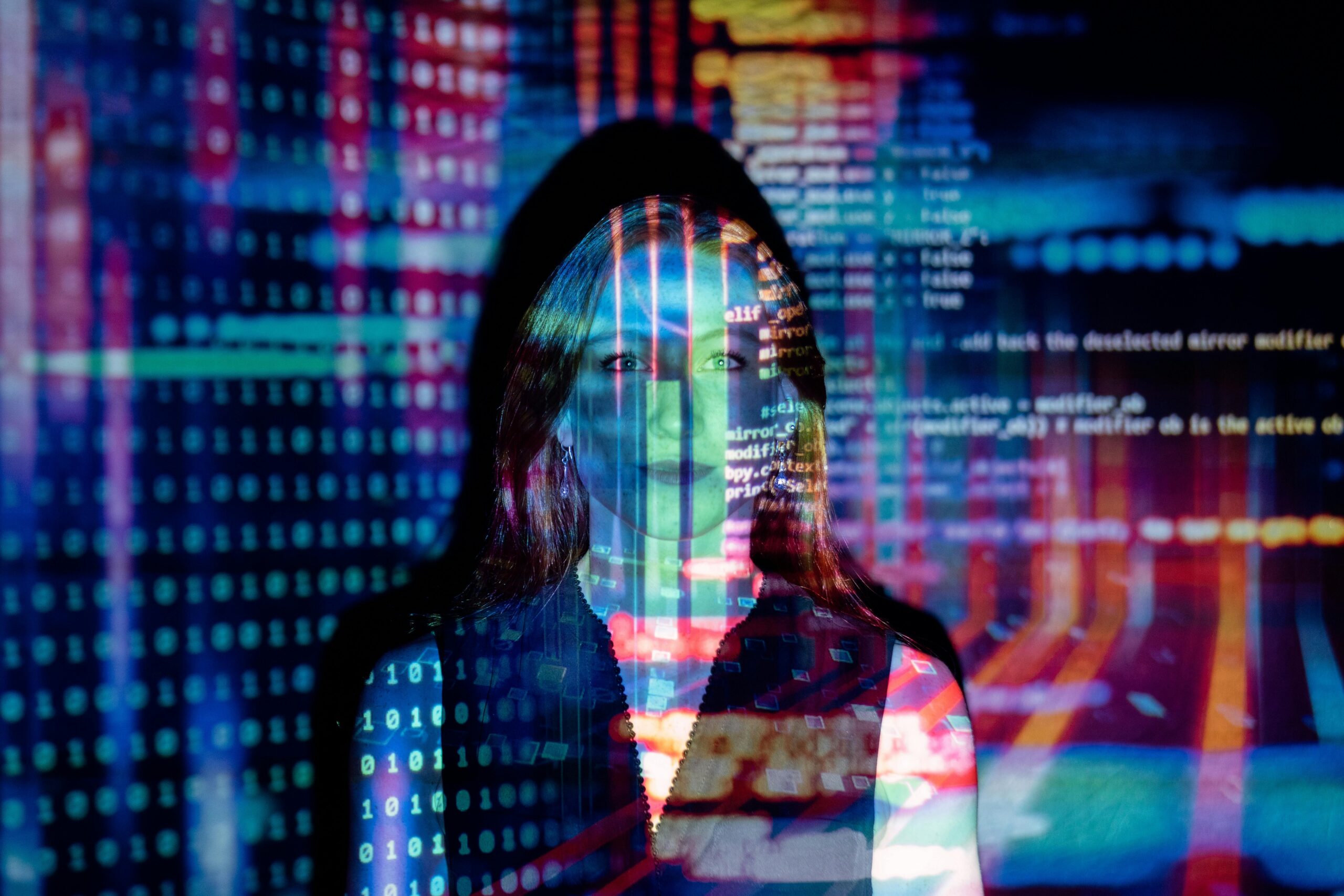
Data Augmentation and Synthetic Data
Creation of synthetic datasets for training machine learning models. Data enrichment to improve model robustness. Simulation of various scenarios for predictive analytics.
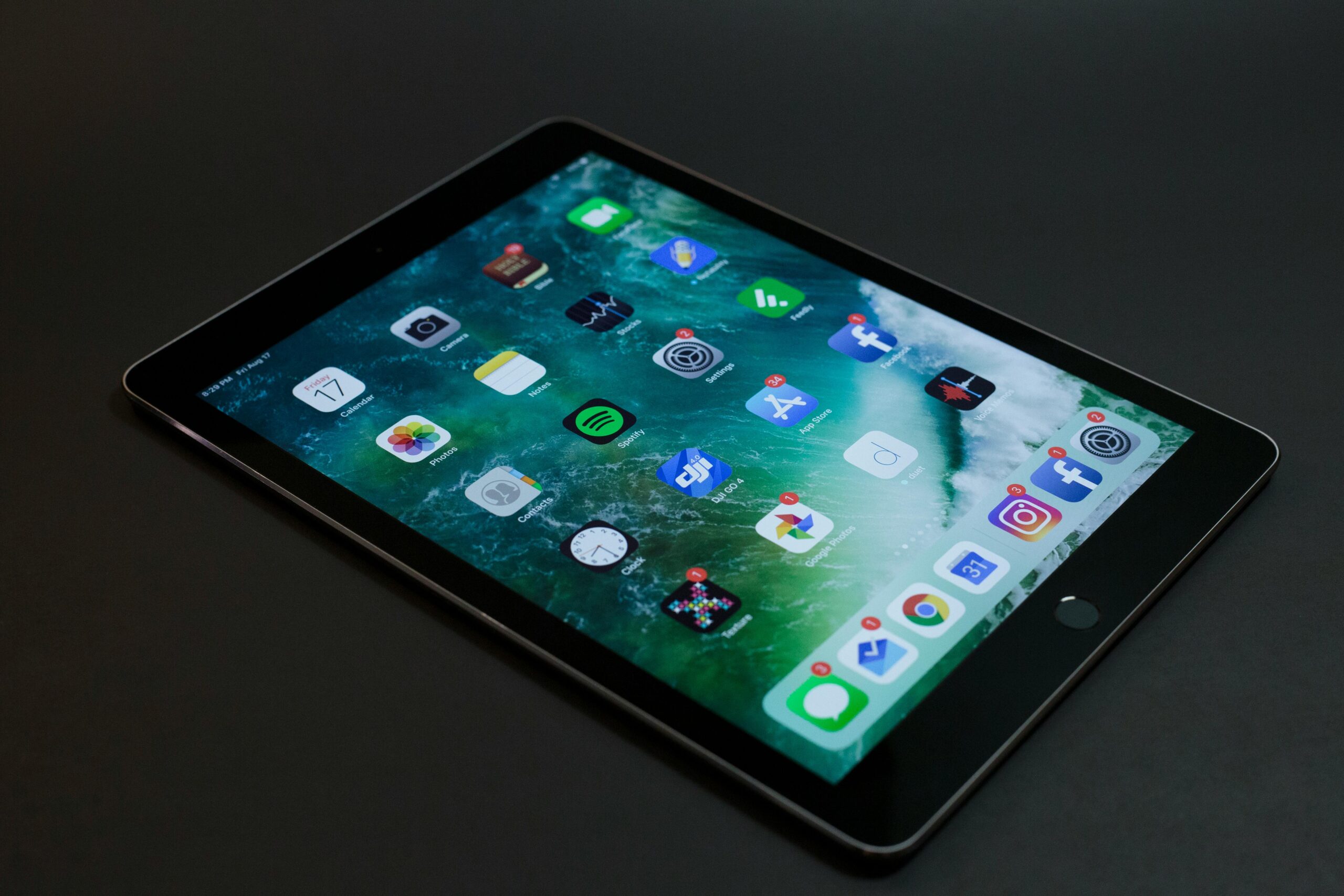
Design and Creative Applications
Generative design for architecture, product design, or industrial design. Customized template and layout generation for web and app interfaces. Creative concept generation for marketing campaigns.
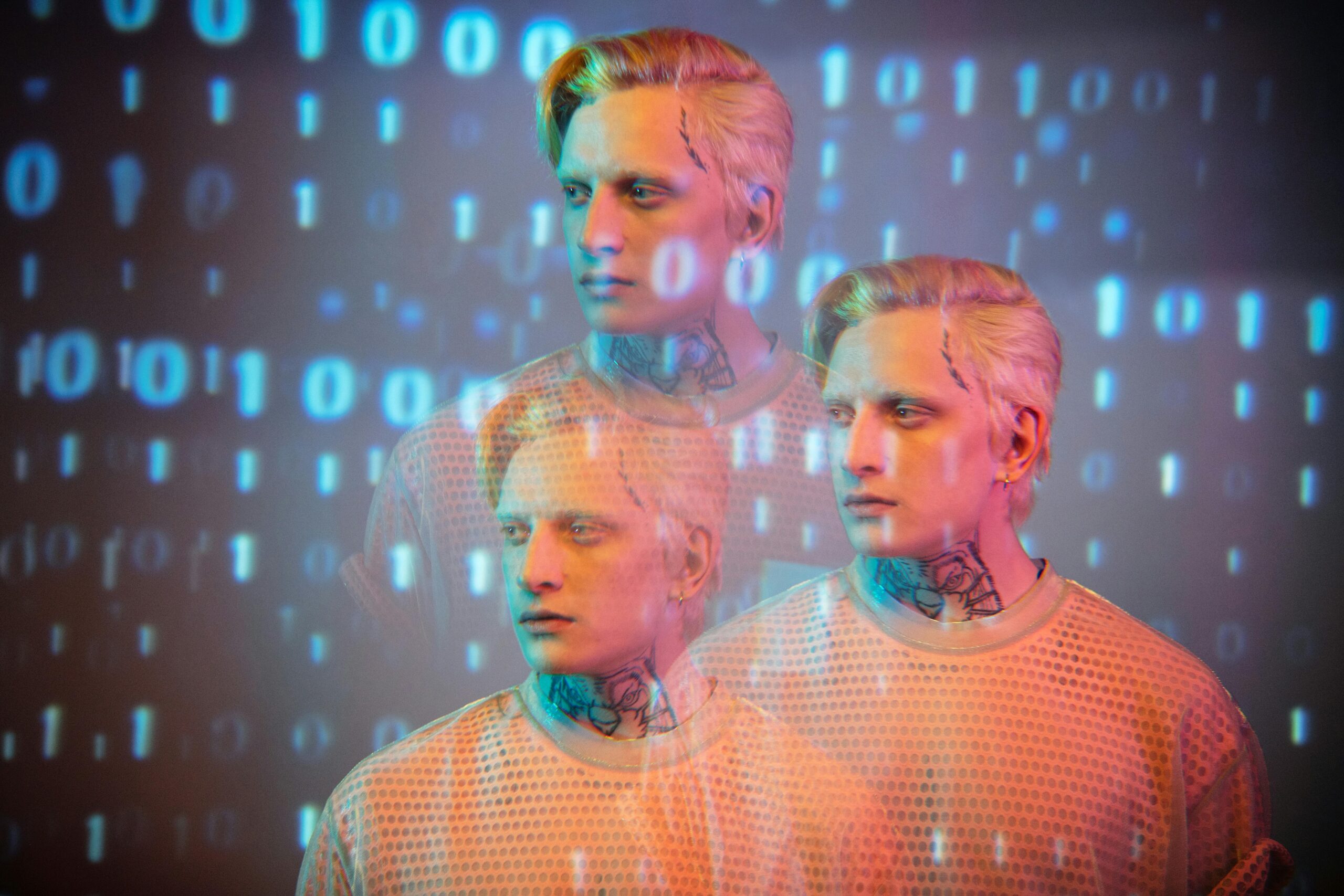
Simulation and Modeling
Scenario simulation for risk assessment or planning. Interactive storytelling and game content generation. Virtual environment and character creation for gaming or VR experiences.
Our Tech Stack
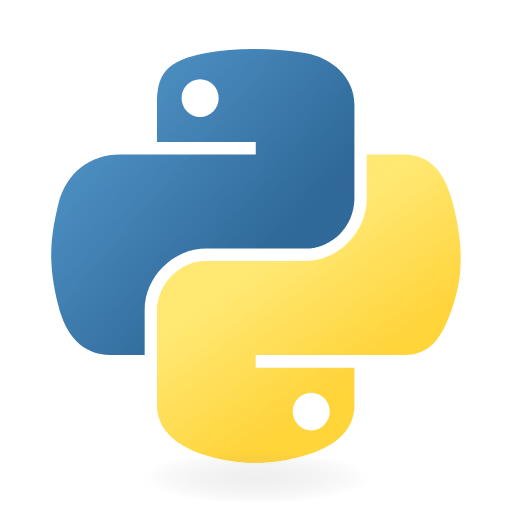



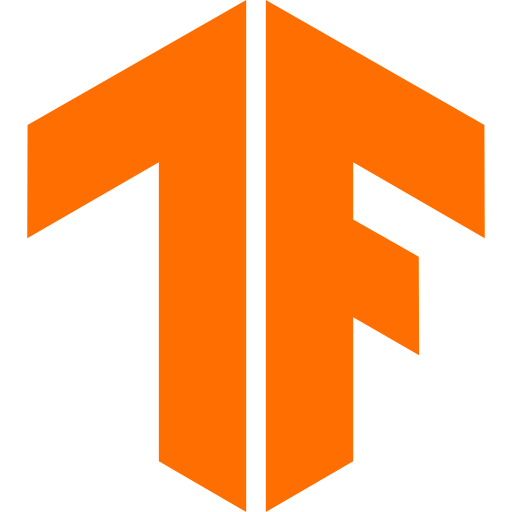
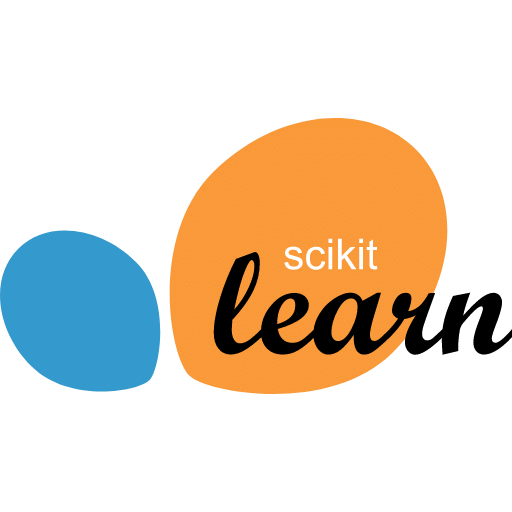



Usage of AI in various industries












AI Development Process
1. Problem Definition
The process begins by identifying a clear use case or problem that generative AI can solve. This includes defining objectives, understanding user needs, and outlining expected outputs from the AI system.
2. Data Collection and Preparation
High-quality, relevant data is gathered to train the AI model. This step involves cleaning, labeling, and structuring the data to ensure it accurately represents the problem domain.
3. Model Selection and Design
An appropriate AI architecture (e.g., transformer, GAN, or diffusion model) is selected based on the use case. Developers may use pre-trained models or build custom ones, depending on complexity and resource availability.
4. Training and Fine-Tuning
The model is trained using the prepared data. Fine-tuning is applied to improve performance on specific tasks or domains, ensuring the output is both accurate and aligned with the desired goals.
5. Evaluation and Testing
The model is rigorously tested for quality, bias, and performance. Both automated metrics and human evaluations are used to ensure outputs are useful, safe, and reliable in real-world scenarios.
6. Integration and Deployment
The trained model is integrated into applications, platforms, or services. APIs or user interfaces are built around the model to make it accessible and usable for end-users or systems.
7. Monitoring and Iteration
Post-deployment, the system is continuously monitored for performance and user feedback. Updates, retraining, and improvements are made as needed to maintain quality and adapt to evolving requirements.
8. Ethics and Compliance
Throughout the process, ethical considerations, privacy concerns, and regulatory compliance are addressed to ensure responsible use of generative AI.



